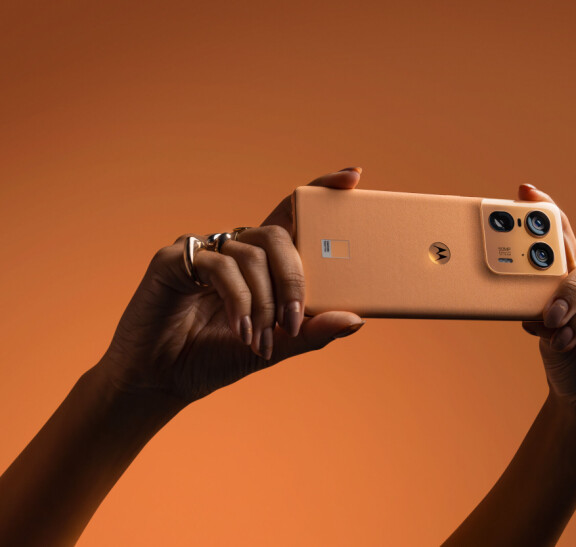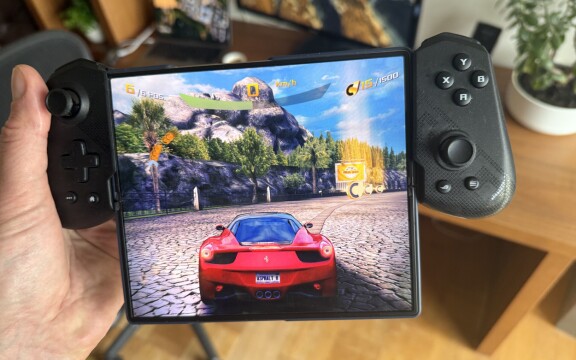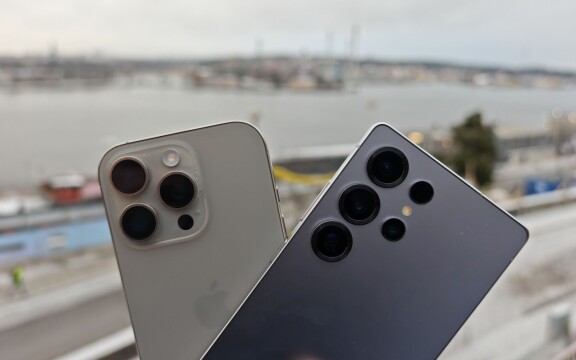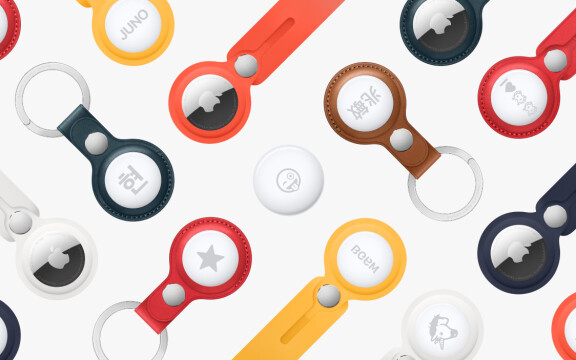-
PLUS
8 smarta tips för Google Foto – Ta kontroll över bilderna i påsk
-
PLUS
Krönika: Nej AI, jag vill inte vara din kompis eller partner
-
PLUS
Kommentar: Hindren som stoppar Tre
-
PLUS
Tips: 8 knep till Googles anteckningsapp Keep
-
PLUS
Apple Intelligence påminner mig om något betydligt bättre
-
PLUS
Mobils stora guide till Apple Intelligence i Iphone
-
PLUS
Krönika: Mobiltillverkare för första gången, igen
-
PLUS
11 tips: Google-appen som kan mycket mer än du tror
-
PLUS
Krönika: Google är bra på gratis men usla på att ta betalt
-
PLUS
Så kan Xiaomi-telefonen bli Mac-datorns och Iphones bästa vän
Exklusiv intervju med Pebbles grundare (1/2)
Pebble om Kickstarter-succén

Pebbles Eric Migicovsky räds inte Apple Watch konkurrens.
Obs! Artikeln är på engelska.
NB: English from here onwards.
PEBBLE: TIME IS OF THE ESSENCE
With Pebble Time, Pebble Technology has raised nearly $700,000 per day on Kickstarter. The campaign, just as the previous one, is by crowdfunding standards historical. Eric Migicovsky, founder and CEO of Pebble, sees crowdfunding as a perfect go-to-market channel.
Only two days in its crowdfunding campaign and Pebble had already broken a number of Kickstarter records with its new colour e-paper smartwatch, the Pebble Time. Pebble reached its funding goal within just 32 minutes of going live and got its first $1 million within a record-breaking 49 minutes. It took Pebble only two days to gather $10 millon in pledges. With two days to go, Pebble has now received pledges worth close to $20 million and committed to delivering nearly 93 000 Pebble Time units.
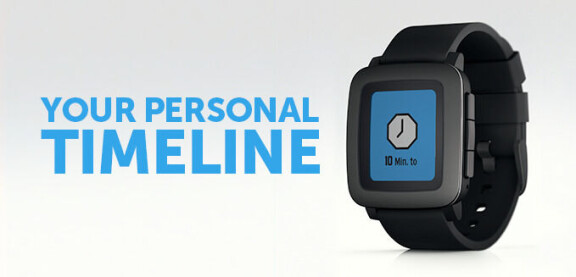
Marketing-savvy
Pebble may be a David compared to Goliaths such as Apple and Samsung, but the company’s marketing-prowess with the Pebble Time launch is unquestionable. Indeed, Pebble started its crowdfunding campaign on February 24 while Apple announced on February 26 it would host its Apple Watch launch event on March 9. All of this well timed around Mobile World Congress, where an array of wearables were expected to be on show – and were indeed presented. It is not a bad way to ensure your product is top of mind.
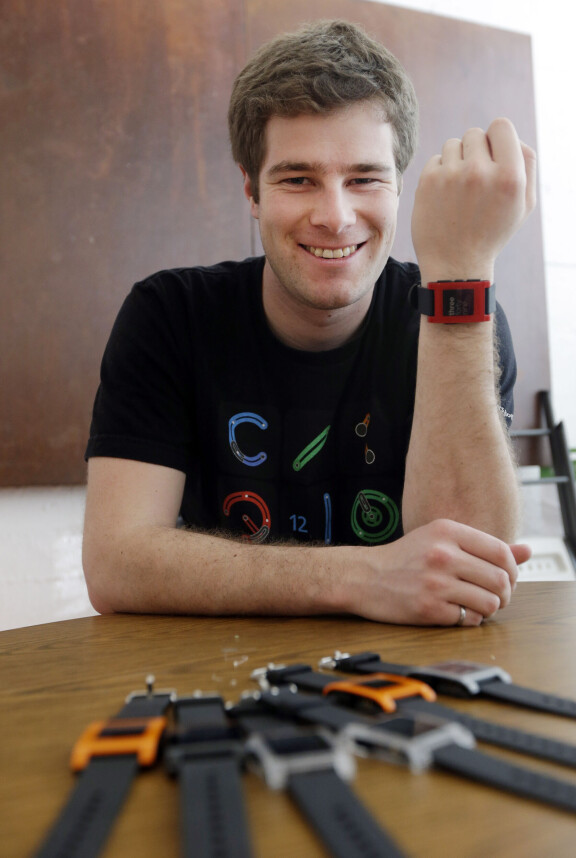
– We started our crowdfunding campaign when we did in order to get our story out. We do not have the marketing budgets that Apple has, says Eric Migicovsky to Mobilbusiness.
He is actually rather thankful to Apple’s timing for it helped boost Pebble Time sales.
– Yes, the Apple Watch will impact Pebble. In fact it already has. Apple launched their product and our sales doubled after that.
On average, Pebble Time has raised nearly $700,000 per day on Kickstarter to this date (March 25). To put this into perspective, this is $200,000 more than the goal Pebble had set for its entire campaign.
Crowdfunding as favoured go-to-market strategy
In other words, crowdfunding as a go-to-market strategy seems to once again have paid out for Pebble. According to Kickstarter, it is far from unusual that returning campaign creators succeed. In fact, nearly a third of the money pledged on Kickstarter, $511 million, has gone towards returning creators’ projects. Besides, the funding success rate is nearly double that of the overall site average, according to Kickstarter.
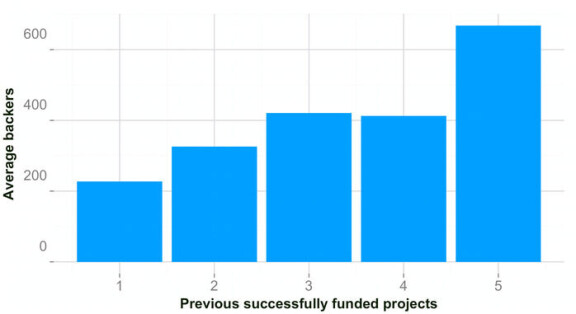
– The key is to understand your customers, your users. The secret to a successful crowdfunding campaign is also that is important to persevere, says Migicovsky.
While he says Pebble could consider other means of financing Pebble’s growth in the future, Migicovski sees many advantages with using crowdfunding.
– We will not necessarily always use crowdfunding. But we are going up against the biggest companies in the world: we are going up against Apple, he says.
Timing here is of the essence when one lacks a marketing muscles that match the heavy weights’.
Fail in order to succeed
Pebble’s entire story is in fact a story of timing, first wrong, then right a number of times.
When Migicovsky developed his first smartwatch, then an engineering student at the University of Waterloo in Canada, his timing was off. The smartwatch was before its time and this peculiar one worked only with Blackberry, a platform which popularity had then started to wane. The adoption of Ios and Android was then growing exponentially.
But there would be a smartwatch for Migicovsky was sure of his thing. He refocused his efforts on a watch that would support both Android and Ios. The timing was all of a sudden perfect. There was simply no one around to compete with Pebble and, the numbers tell us, there was quite a number of consumers willing to get their hands on the first iteration of the smartwatch.
To be exact, there were 68,929 backers who pledged a total of $10,2 million. That campaign too broke all former records on Kickstarter and ended up raising 10,266% of its initial target. It is actually more than Pebble’s current campaign, which is 3,915% funded right now.
Pebble then ran into some logistical problems and was unable to cope with the demand and deliver its products on time. But this will not happen again, promises Migicovsky.
– Yes, we will deliver the watches that our backers have ordered. It is not our first time around.
Despite its initial production difficulties, Pebble has become a resounding sales success, maybe even one that has encouraged a multitude of significantly larger vendors to get into the smartwatch category.
– It has been a seven year long journey, starting at Waterloo university studying industrial design. We launched our crowdfunding campaign in 2012 and we have since then sold over one million watches.
Among larger vendors, Samsung has seen the biggest market traction and was in 2014, according to Smartwatch Group, the world’s largest smartwatch vendor in terms of shipments. Pebble managed to take a second place, with 700 000 units shipped as of end of 2014.
In terms of revenue, the analyst group estimates that Pebble made $91 million in 2014, which gives Pebble a fourth position in the ranking and a market share of 7%. This compares to $300 million and 23% respectively for Samsung, with an average unit retail price of $250, almost double the price estimated for Pebble.
It is a choice to price the Pebble like that though, says Migicovsky, referring to competitor Apple Watch.
– The Apple Watch is very different from Pebble. And it is expensive too. Pebble is not an expensive, and anybody can get onboard.
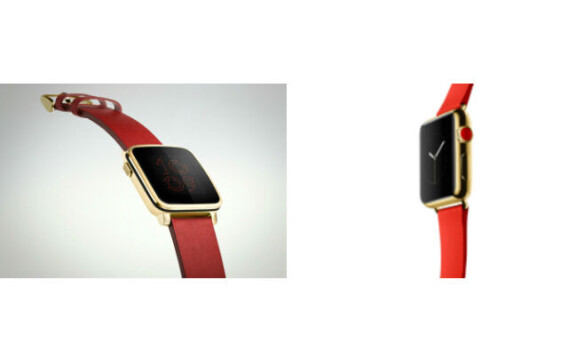
Time will tell whether Pebble can keep its ranking as Apple Watch enters the market and Android OEMs start producing customer-enticing smart watches.



